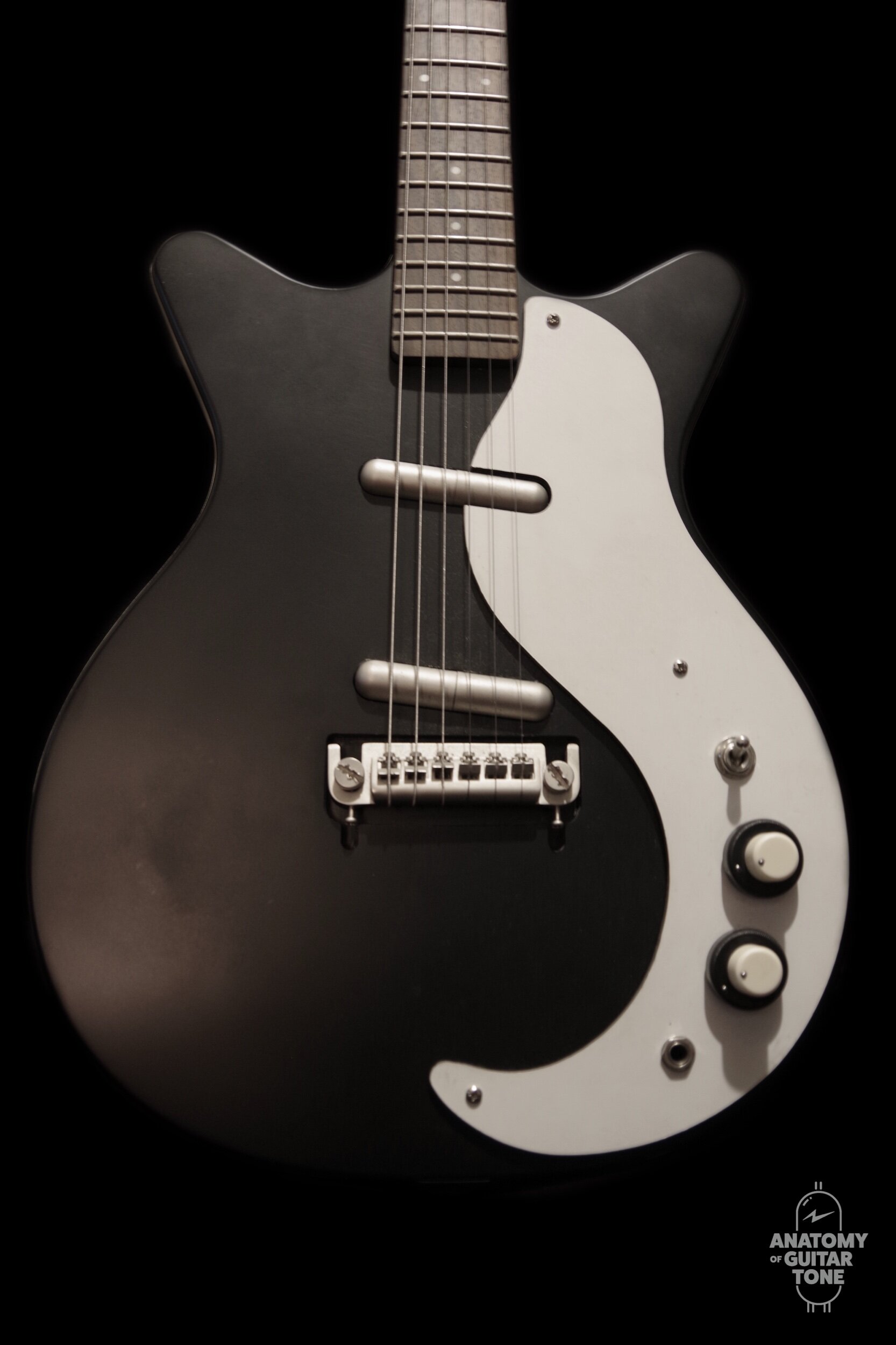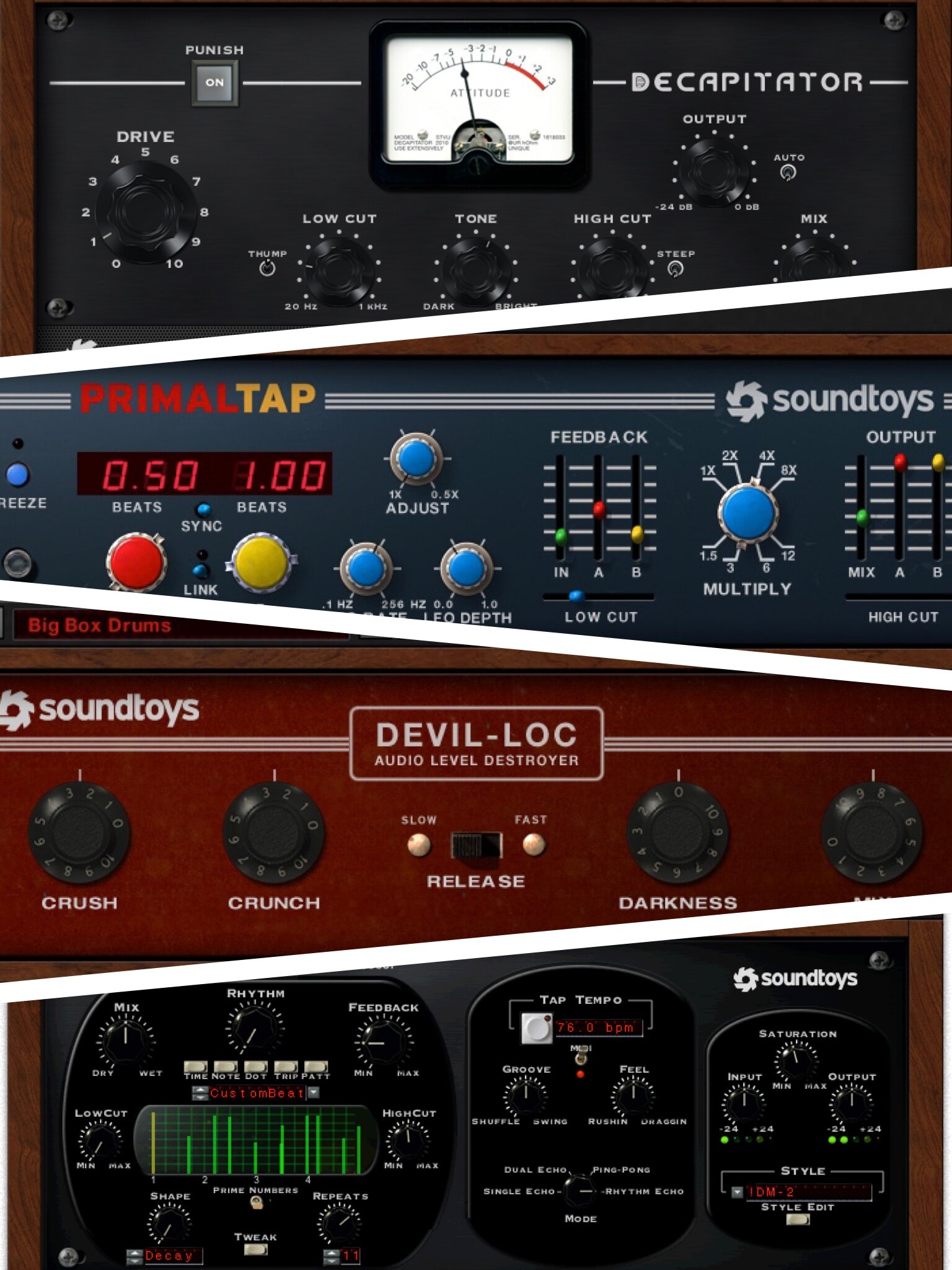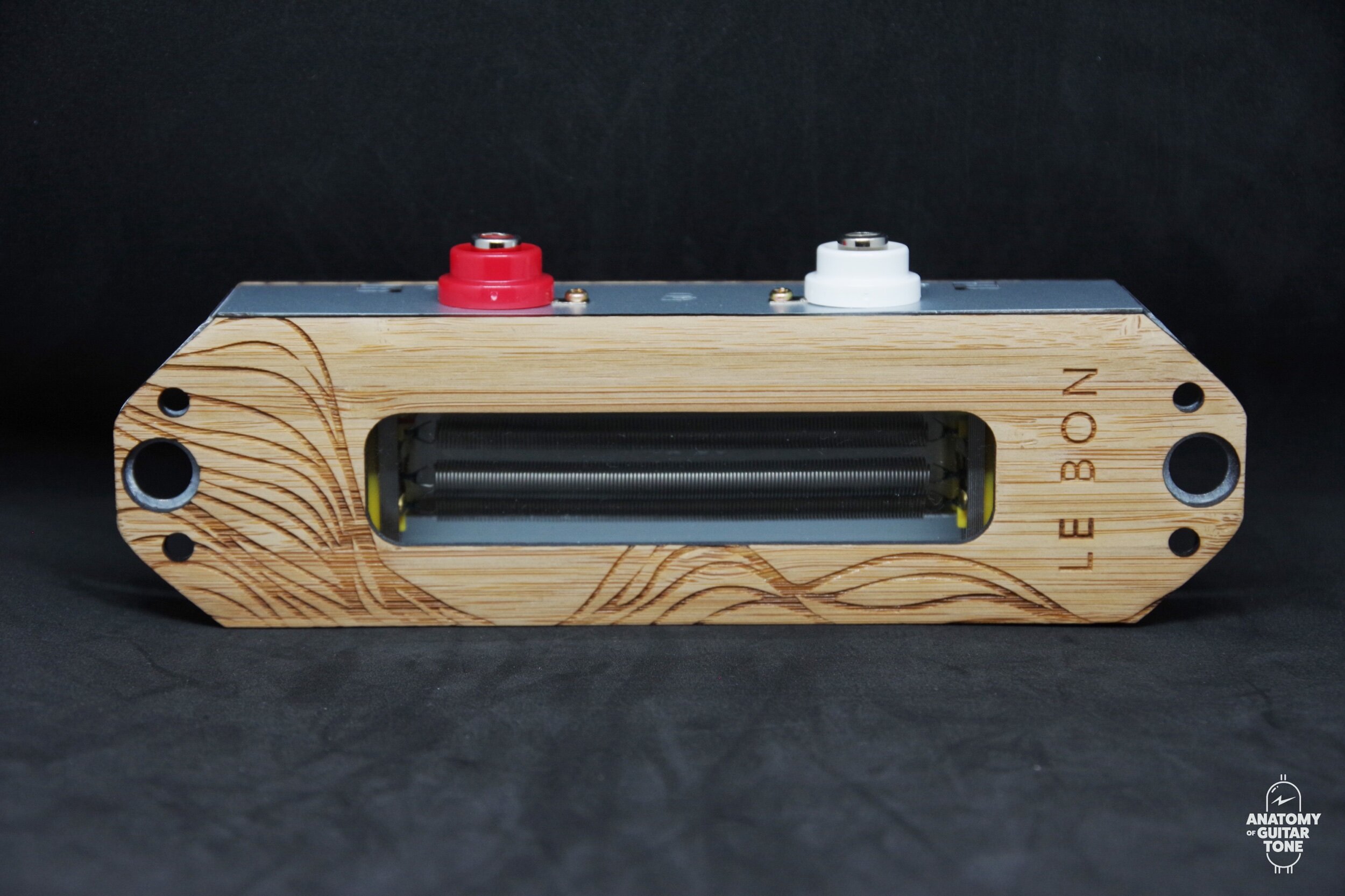For many decades guitarists would walk into a studio or gig and put their guitar amp on the floor without putting much thought into it. Sometimes, a guitarist would need to hear their guitar more so they would place their amp on an amp road case, chair, wooden box, or anything lying around.
There was little thought about how the guitar amp reacts sitting on a floor or on top of a road case. Guitarists would notice issues with the sound of their amp from gig to gig but often chalked that up to the venue or other circumstances.




















